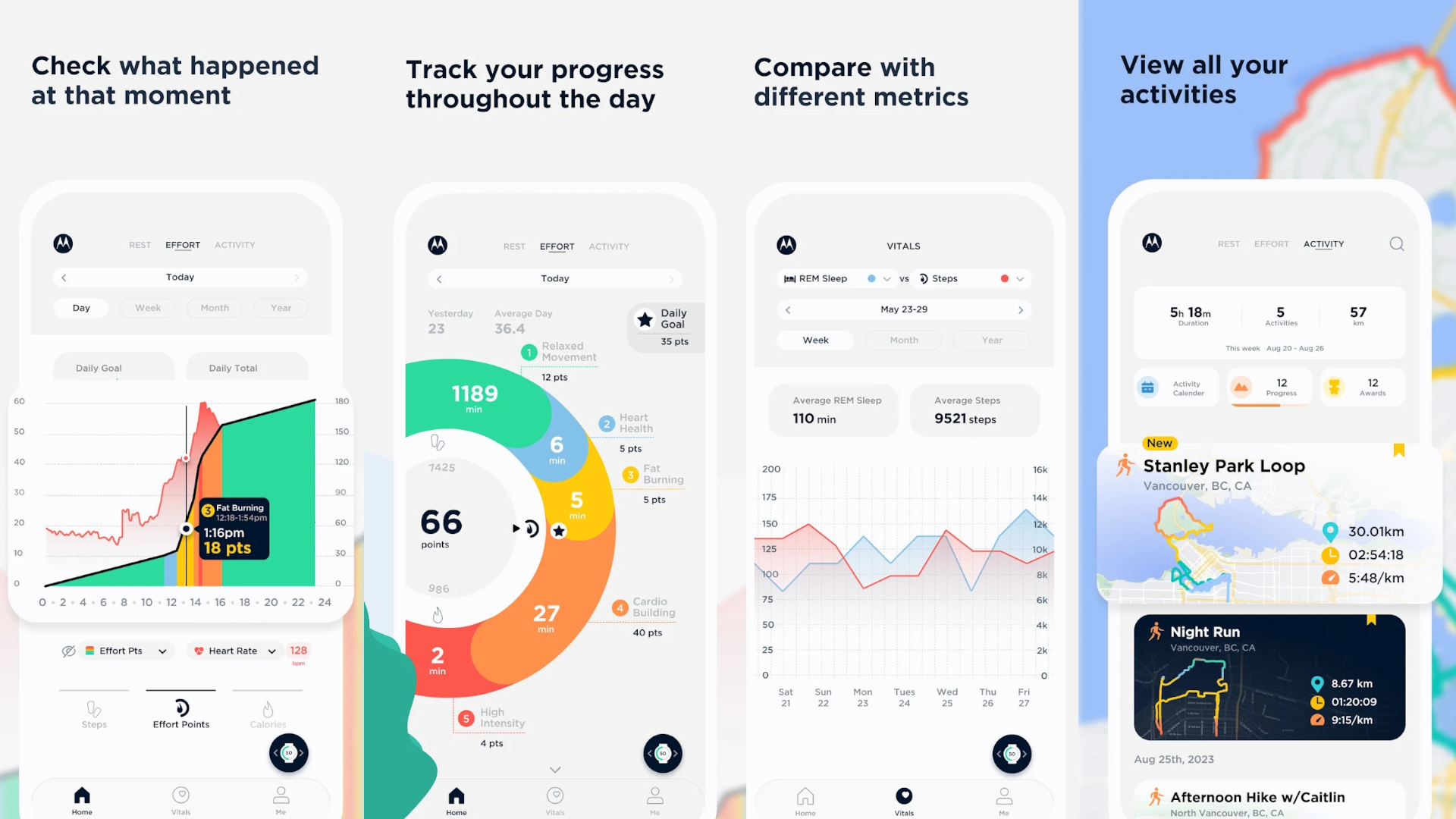Motorola's Moto Watch needs to start living up to the brand name
Motorola's hands-off approach to wearables may be ending, but the Moto Watch Fit still has a lot to prove.

The Moto Watch Fit is a fascinating case study. Motorola left smartwatches behind for years, licensing out its watches to another company. Now Motorola seems to be stepping back into the fray with the Moto Watch Fit. But it needs more than the Moto Watch name to make its budget squircle watch stand out in a crowded field.
Long-time Android fans still think fondly about the Moto 360, which was ahead of its time with its cool gesture controls and seamless design in 2014. I wrote in March that Motorola should return to Wear OS with a spiritual successor to the 360.
Instead, a month later, we got the budget Moto Watch Fit, with its 1.9-inch squircle display, 16-day battery life, 100 sports modes, and "real-time fitness stats and intelligent sleep tracking."
It's the fifth Moto Watch tracker after the Watch 40, 70, 100, and 120, a mix of circular and squircle watches with the same basic fitness software and Google Fit integration.
Two weeks ago, I sent Motorola a series of questions. I wanted to know how the Watch Fit's "advanced fitness and wellness assistance features," how the companion app would work, and other basic questions. I'm still waiting on answers, and the more I research the Moto Watch brand, the more confused I get.
It's unclear how involved Motorola is in its own watches
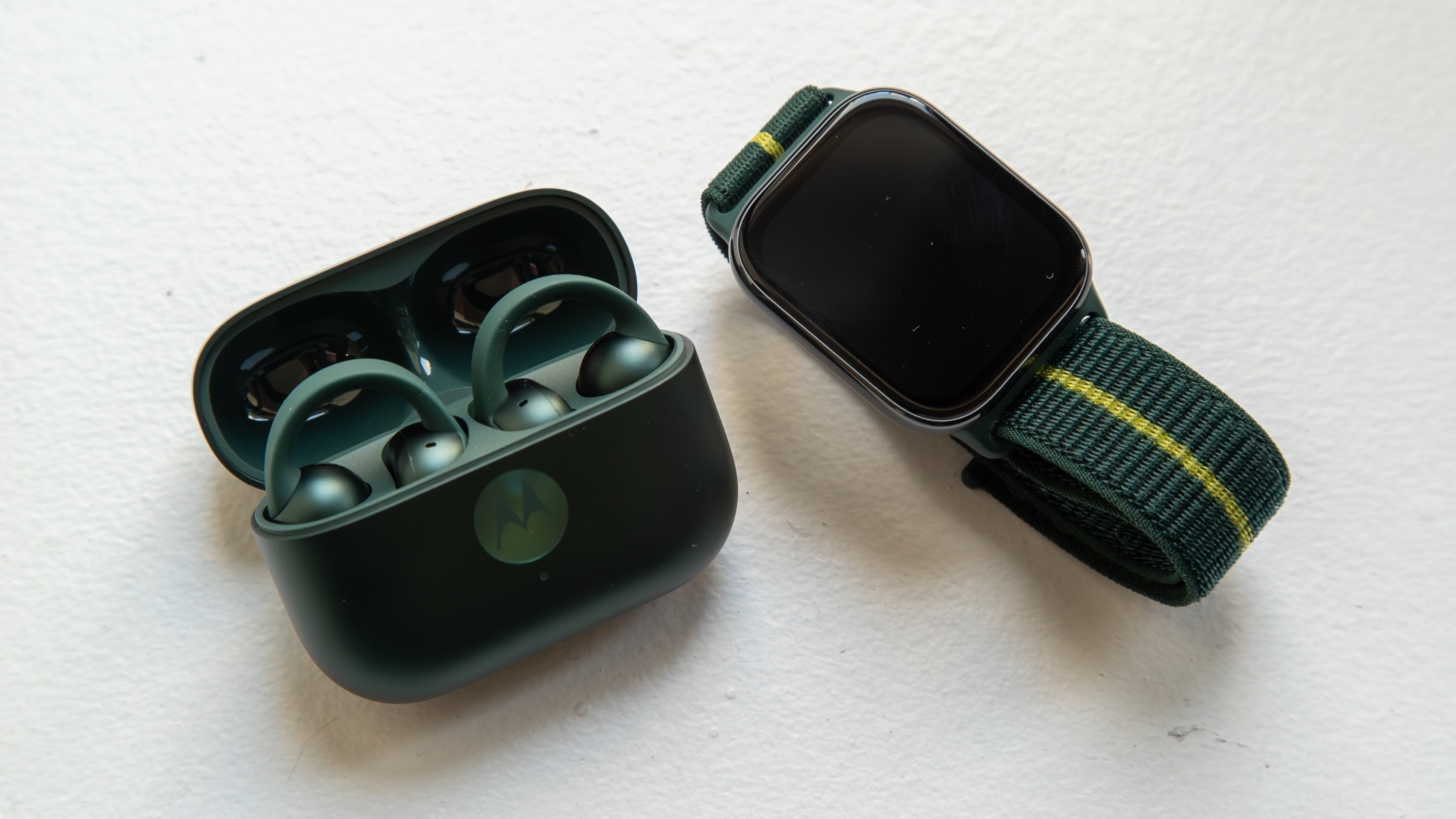
The Moto Watch Fit isn't on sale yet, but the Motorola UK site says this new model is "designed and manufactured by/for Motorola Mobility LLC."
Given the Moto branding, that should be obvious, right? But the official Moto Watch site lists Calgary-based CE Brands, Inc. as an "official brand licensee of Motorola" that "ensures global sales and support for the products found on this site," like the Moto Watch 120, 70, and 40.
Get the latest news from Android Central, your trusted companion in the world of Android
CE Brands, or Vitalist, says on its site that it "designs, manufactures, and sells" wearables, and lists Moto Watch as "our brand." And this 2024 Vitalist press release explicitly says the Moto Watch 120 is "the latest addition to [CE Brands'] line of Motorola smartwatches" as Motorola's "strategic brand partner."
If you look at the Moto Watch 100 app and Moto Watch 70 app on the Play Store, both are managed by CE Brands, Inc. These apps have some pretty brutal ratings too, with many users calling them "barely functional" because they stopped syncing with Google Fit or allowing phone notifications on the watch without constant resets.
After a little digging, I realized that CE Brands owned eBuyNow, the subsidiary that made the Moto 360 (3rd Gen) in 2020. CE Brands went bankrupt in 2023 before rebranding eBuyNow as Vitalist in 2023, promising to "deliver biometric and biomarker insights to consumers."
The Moto Watch Fit isn't listed on the Moto Watch site, and Vitalist didn't write a press release about this model, either. That suggests Motorola may have taken over the brand, while ditching the numbered names for a Moto Watch revamp.
But it's also possible that Motorola Mobility designed the old Moto Watches, while CE Brands handled the health and software tools. It's hard to say, as the licensing deal makes it nebulous. Maybe Vitalist will make the Watch Fit health software, too?
Regardless, that's really all besides the point. My main point is that Motorola is best known for making flagship phones from everyone else look overpriced by offering similar perks in cheaper packages. However, the Moto Watch lineup has never really stood out against Android watches or fitness watches, and Motorola has a lot to prove with the Watch Fit when it launches.
How will the Moto Watch live up to the Moto name?
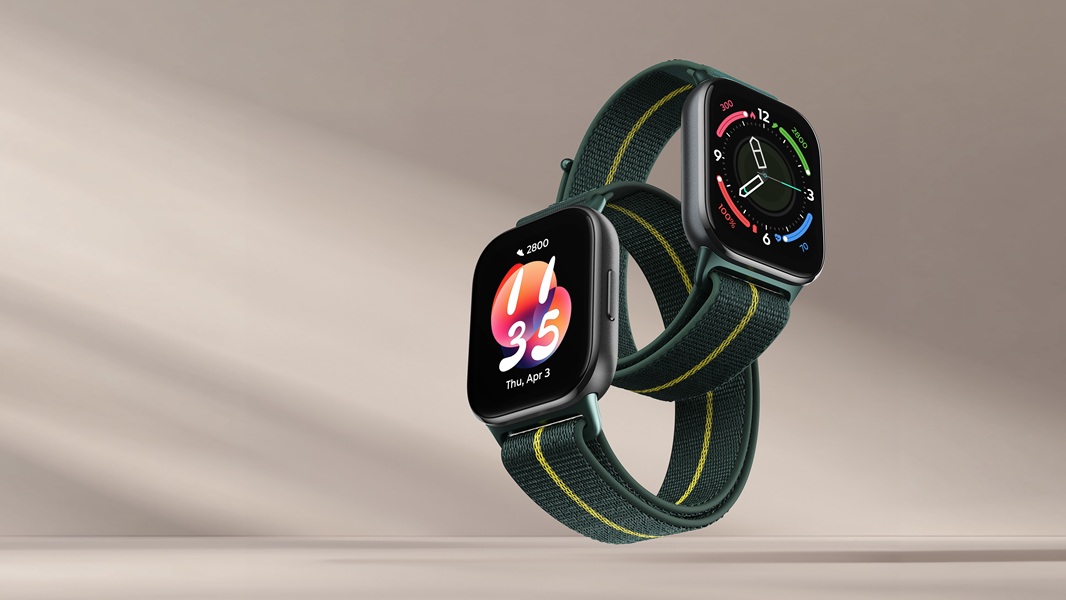
Look at the budget fitness trackers out there: companies like Amazfit and Xiaomi have put intense effort into full-fledged health suites, AI coaching, and dedicated fitness tools in an affordable package. And you have bigger names like the Galaxy Fit 3 and Fitbit Charge 6 that sync directly with the biggest health apps, with their own AI insights and (for Fitbit) Google apps.
Motorola phone fans will see the Moto Watch branding and look for something affordable, long-lasting, and straightforward. However, the Watch Fit needs some kind of signature feature to stand out and keep these users happy.
CE Brands had an interesting Effort Points system that, like Fitbit Cardio Load, scored your all-day effort based on your time in HR zones. But the Moto Watch Fit might use an entirely different system, and it'll have to compete with watch brands that invest huge amounts of money in health & fitness R&D.
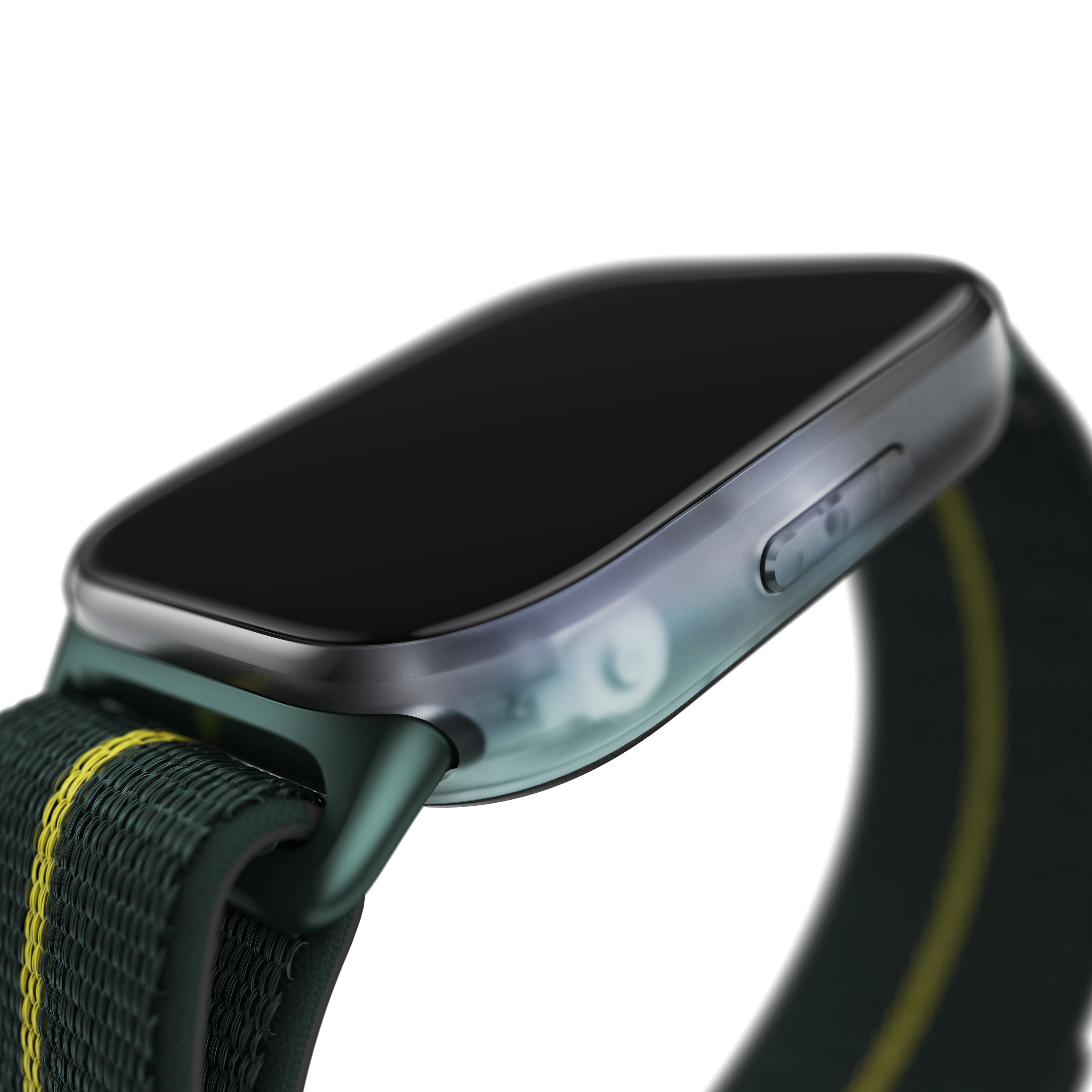
One sign of Motorola taking more direct ownership is how the Watch Fit can use Moto AI text prompts to generate watch faces. That's a unique trick, one I'm hoping Google emulates on Wear OS 6 this year. We'll see if people see it as a highlight or a five-minute gimmick; however, it'll depend on how good these AI-made faces are.
Otherwise, the press release mentions "seamless smartphone integration," but only mentions notifications, music controls, and camera controls. An RTOS watch can rarely do much more than that, even though many people will buy a Moto Watch hoping for actionable notifications and replies. The Amazfit Balance pulls this off with text-to-speech and a keyboard, but I don't expect it from the Moto Watch Fit.
Ultimately, aside from the Moto AI gimmick, the Moto Watch Fit sounds pretty generic. The built-in GPS on a cheap tracker is a nice perk, but it's not uncommon these days — see the $99 Amazfit Active 2 — and most fitness trackers have 100+ sports modes and IP68 water resistance.
That said, we've reached out to Motorola for more information about the Watch Fit, and we will update this article when we hear back.
Making a watch isn't as simple as it used to be
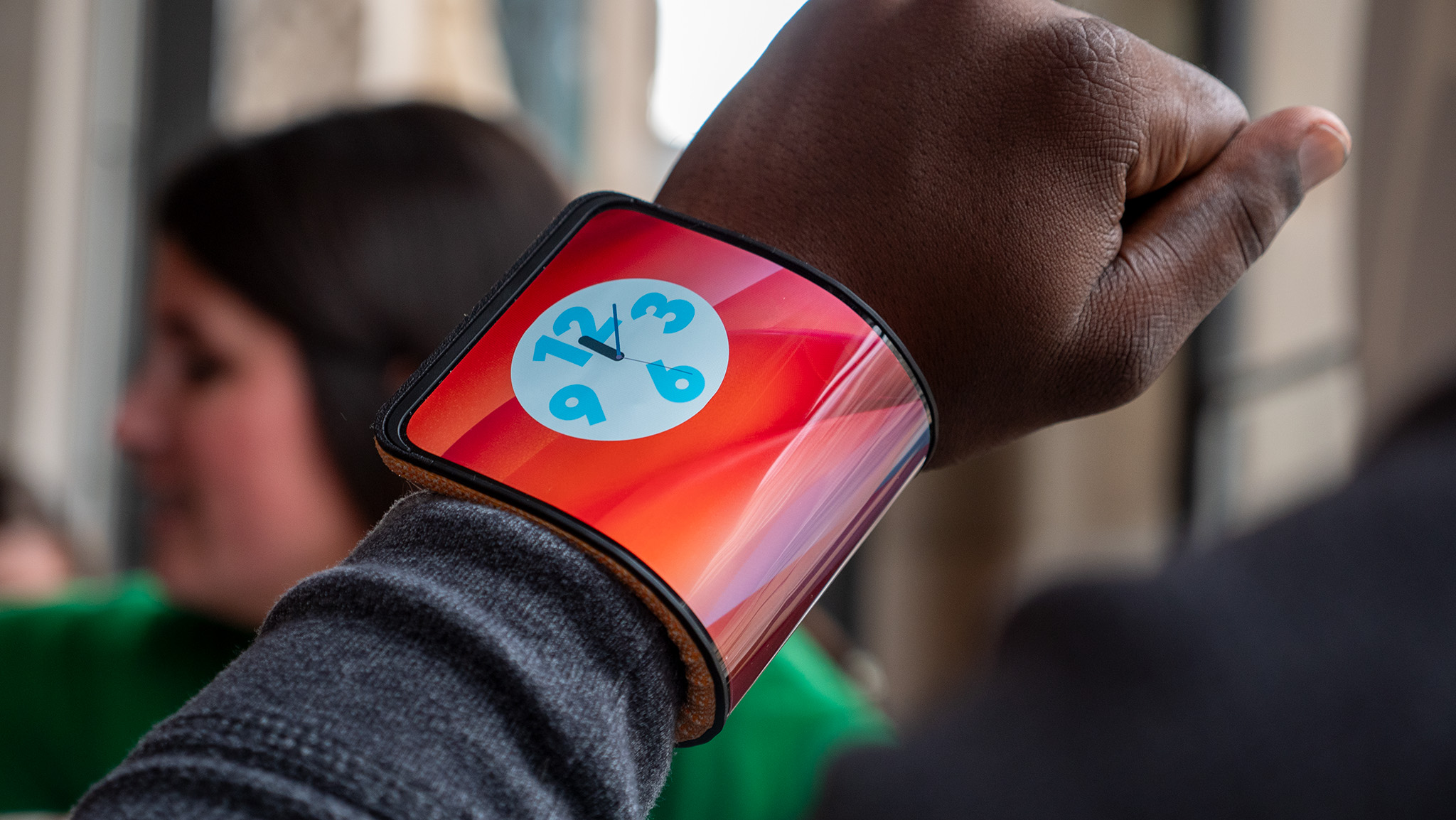
The Moto Watch brand is like a time capsule to an early smartwatch era when they didn't try to squeeze dozens of features and a full AI-backed health suite into a device. Some people will appreciate its simplicity, affordability, and longevity; others will be frustrated by the lack of Motorola flair they've come to expect from its foldable phones like the Razr 2025.
It will ultimately come down to whether this Motorola-made wearable delivers a higher standard of quality than past Moto Watches.
I'm not sure why Motorola has been so hands-off with wearables up until this point, selling budget trackers through its licensee for years while spending R&D on wearable phone concepts like the one above.
Maybe Motorola was truly so burned by its Android Wear experience that it never wanted to go back; clearly, Lenovo phone sales are strong enough despite not having a full "ecosystem" of devices. Or maybe it isn't willing to spend the money on health & fitness necessary to compete with Samsung Health and Fitbit.
Whatever the reason, the Moto Watch Fit needs to be a stepping stone to bigger and better things if Motorola wants to make an impact in the wearable space.

Michael is Android Central's resident expert on wearables and fitness. Before joining Android Central, he freelanced for years at Techradar, Wareable, Windows Central, and Digital Trends. Channeling his love of running, he established himself as an expert on fitness watches, testing and reviewing models from Garmin, Fitbit, Samsung, Apple, COROS, Polar, Amazfit, Suunto, and more.
You must confirm your public display name before commenting
Please logout and then login again, you will then be prompted to enter your display name.
